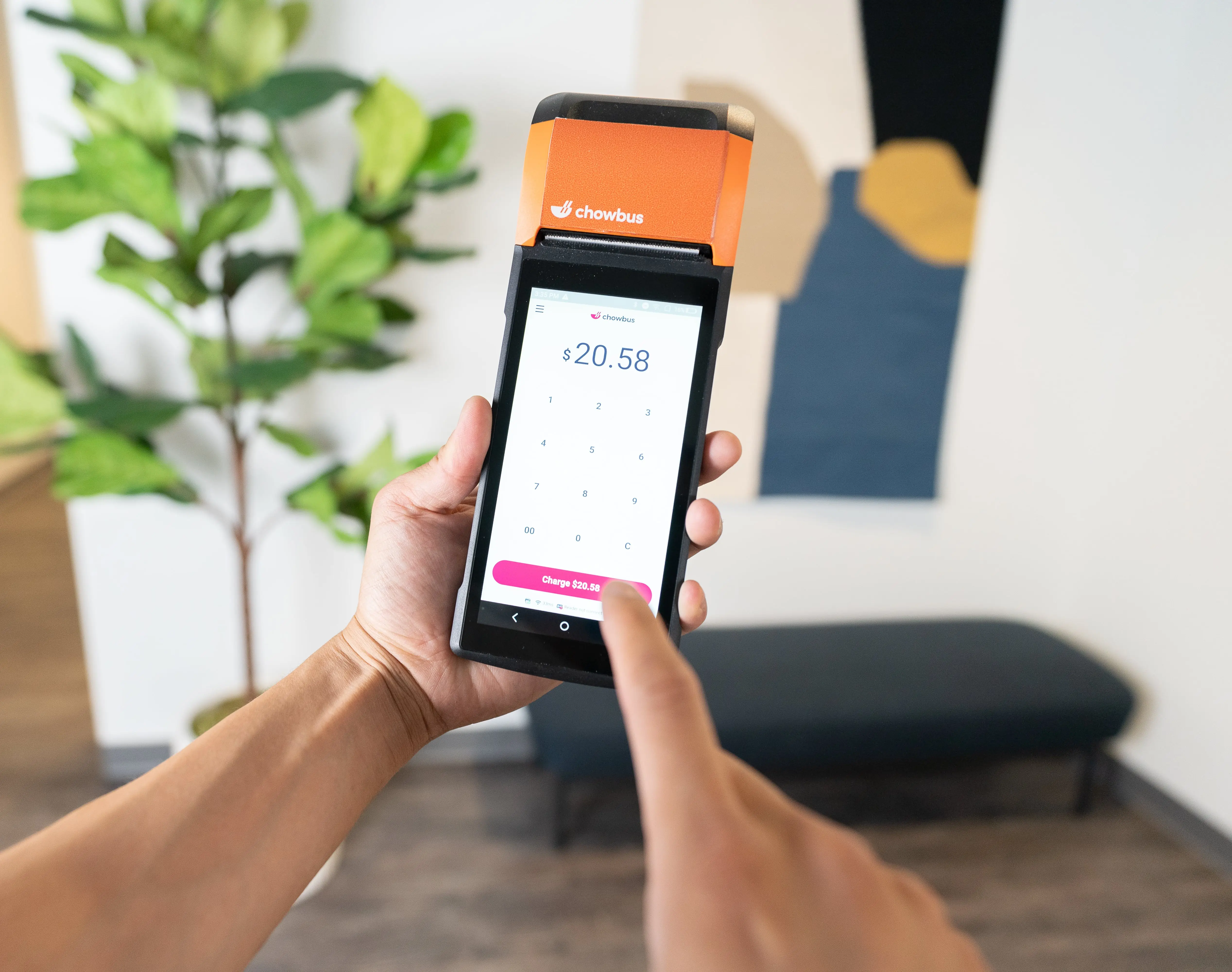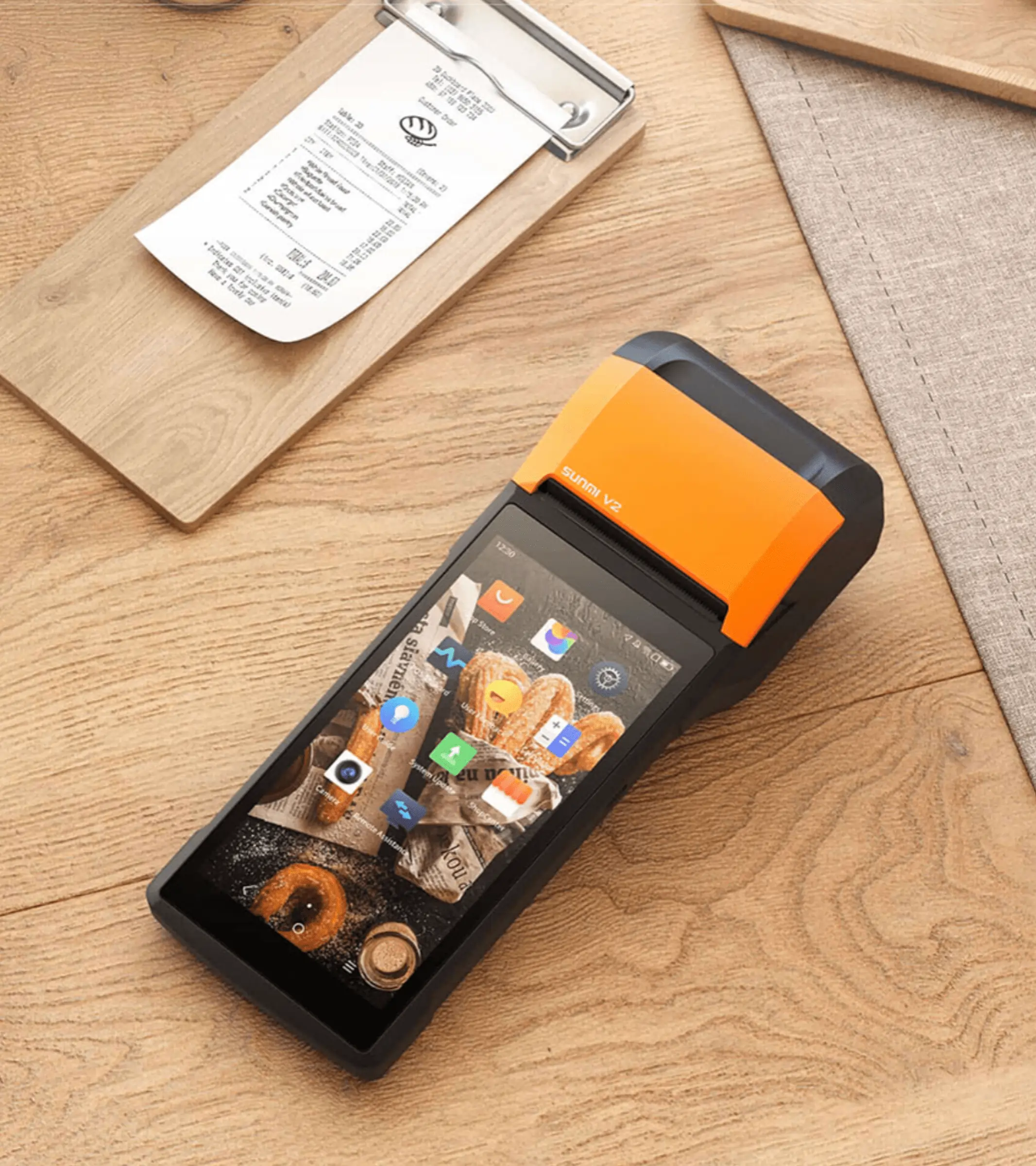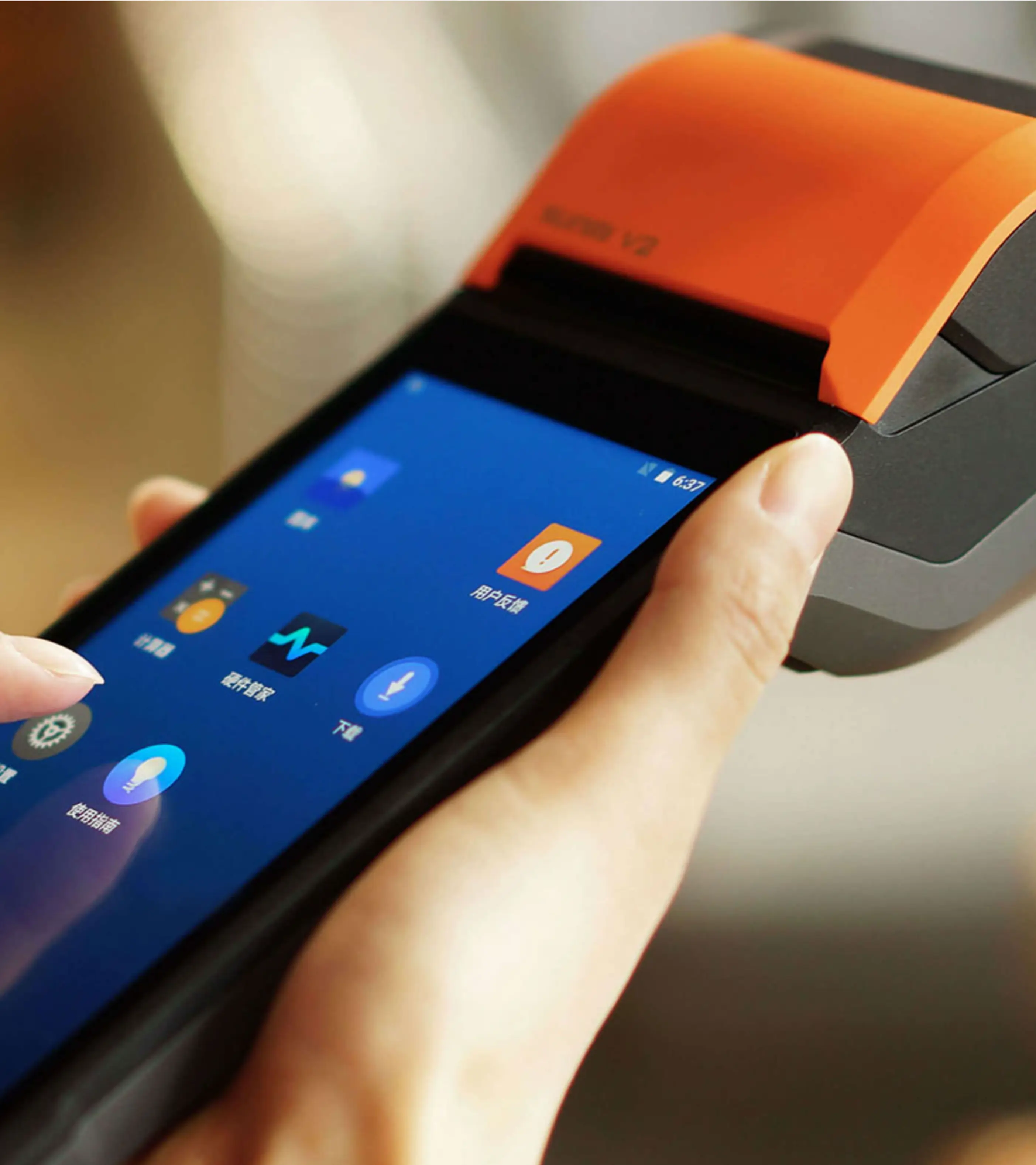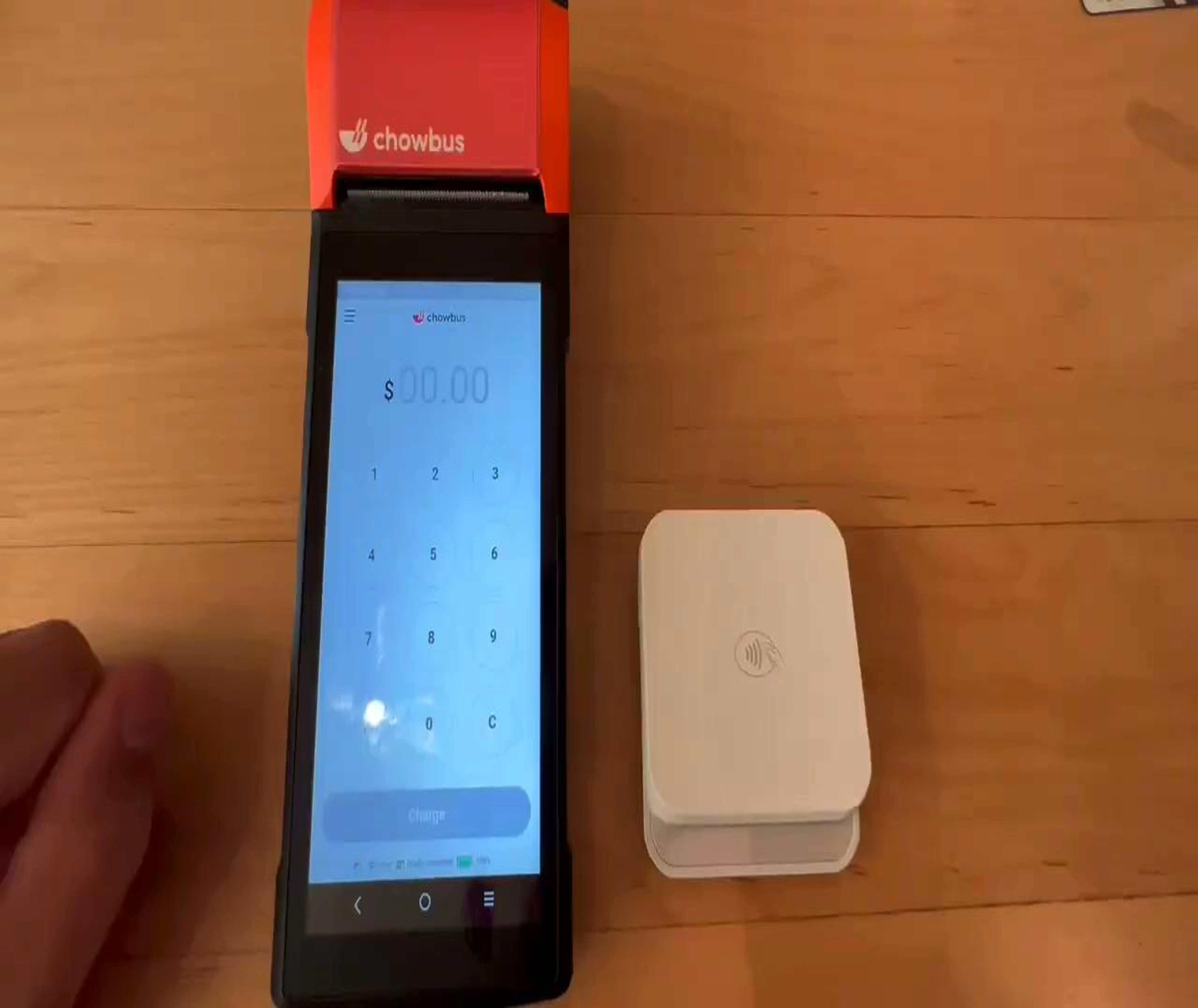
Every business that accepts payments needs a reliable way to handle transactions efficiently and securely. As a restaurant owner, have you considered a POS terminal’s role in this critical function?
This comprehensive guide will explore what a POS terminal is, its functionalities, and how it can streamline your operations. Whether setting up a new establishment or upgrading your current system, understanding the capabilities of a POS terminal is essential. So, what exactly is a POS terminal, and why is it crucial for your restaurant’s success? Let’s find out.

A POS terminal, or point of sale terminal, is a hardware and software system used to process transactions and manage sales in a restaurant business. This device replaces traditional cash registers and integrates various functions like payment processing, sales tracking, and customer management. In simple terms, a POS terminal is the modern way to handle transactions, ensuring accuracy, speed, and efficiency.
A POS (Point of Sale) system is an indispensable tool in the modern restaurant environment, consisting of both hardware (the terminal) and software that work together to streamline daily operations and enhance customer service. Here's how a POS system supports your business:
Through these functionalities, POS terminals serve as a critical component in effectively managing day-to-day restaurant operations, ensuring customer satisfaction and operational efficiency.

Understanding the mechanics behind a POS terminal can help you appreciate how it enhances transaction efficiency at your establishment. Let's break down the steps involved in a transaction through a POS terminal.:
The transaction begins with your server entering the order details into the POS terminal or a customer using a kiosk to select their meal. This captures essential information such as item descriptions, quantities, and prices.
Once the order is ready to be paid for, the customer presents their chosen method of payment. Depending on what they use, the interaction with the POS terminal varies:
This step utilizes the terminal’s built-in scanner to ensure the payment information is captured securely and accurately.
The POS terminal then takes over:
To wrap it all up:
Each step in this process is designed to be secure and efficient, ensuring smooth transactions and a seamless customer experience. Whether it’s a busy lunch hour or a quiet evening, your POS terminal is a reliable assistant in managing your restaurant's financial interactions.
When considering a POS terminal for your restaurant, you primarily have two main types to choose from, each catering to different operational needs. As a bonus, we’ll also introduce a third type that is gaining popularity.
Traditional POS terminals are what most envision when they think of a point of sale system. These are stationary systems set up at a fixed location like a counter or checkout area in your restaurant. Often referred to as a countertop terminal, these setups include a computer or terminal, receipt printer, cash drawer, and card reader. These systems are robust and ideal for restaurants that manage a lot of transactions at a central point of sale.
Mobile POS terminals bring the flexibility of processing transactions right where your customers are. These handheld POS devices are invaluable for enhancing customer service in dynamic dining environments, such as full-service restaurants or patios, as they allow for immediate order taking and payment processing at the table or anywhere in the venue.
While not one of the main types traditionally recognized, standalone POS terminals or self-service kiosks are worth mentioning as a bonus due to their rising popularity, especially in fast-casual and quick-service restaurants. These kiosks allow customers to place their orders and pay without staff assistance, offering a streamlined, user-driven experience that can help reduce wait times and labor costs.
Each type of POS terminal offers specific benefits tailored to different restaurant environments and operational styles. Whether you need the reliability of traditional systems, the flexibility of mobile solutions, or the efficiency of standalone kiosks, there’s a POS terminal type to suit your needs.

POS terminals have become a staple in various dining establishments, adapting to the diverse needs and service styles of each. Let's take a look at how different types of restaurants utilize these versatile tools:
POS terminals are not just limited to the general categories mentioned above. They are incredibly adaptable and provide significant benefits for various specific types of restaurants, including:
Each type of restaurant finds unique value in using a POS terminal, tailoring its functionality to meet specific operational needs and enhance the dining experience. Whether it's speeding up service, managing complex orders, or ensuring accuracy in transactions, POS terminals are integral to modern restaurant operations.
One of the primary concerns for restaurant owners contemplating switching to a POS Terminal system is the cost involved. The investment in a POS Terminal can vary based on several factors, such as the size of your restaurant, the features you require, and the provider you choose. Generally, you can expect to pay anywhere from a few hundred to a couple of thousand dollars for a high-quality Restaurant POS system. While the initial cost might seem significant, consider it a strategic investment that pays off in the long run.
Beyond the upfront expenses, it's essential to factor in other costs, such as software subscriptions, maintenance, and training for your staff. Remember, the right POS terminal isn't just about finding the cheapest option but selecting one that aligns with your restaurant's unique needs, ensuring a seamless and profitable operation.
Selecting the ideal POS terminal for your business is pivotal in optimizing your operations and enhancing customer service. Here are key features to consider that cater specifically to the needs of a bustling restaurant environment:
Prioritize these functionalities when choosing a terminal to meet your business's immediate needs and accommodate future growth. A well-chosen terminal enhances efficiency, supports your staff, and improves the dining experience, which can lead to increased profitability and customer satisfaction.

Choosing the right POS terminal is crucial for the smooth operation of your restaurant. With Chowbus POS, you can be confident you're making a smart investment. Here’s why:
Seamless Integration
Chowbus POS works seamlessly with Chowbus’s full suite of restaurant management tools. This means you can handle everything from order management to inventory control in one place, simplifying your operations and saving you time.
Versatile Solutions
No matter which Chowbus POS solution you choose, you’ll find it tailored to your needs. Whether you prefer a handheld device for mobility or a traditional countertop setup, Chowbus has you covered.
Advanced Payment Processing
Experience seamless and secure payment processing with Chowbus POS. Whether it's debit, credit, cash, gift cards, Wechat Pay, or Apple Pay, we've got you covered. Enjoy simple and competitive rates on all transactions with no hidden fees, additional markups, or extra charges.
Flexibility in Operations
Get Started with Chowbus POS Today
Upgrade your restaurant operations with the right POS terminal. Visit Chowbus POS today to find the perfect match for your business needs. Don’t wait—optimize your restaurant's efficiency and customer service now!
A POS terminal is vital for streamlining your restaurant’s operations, managing transactions efficiently, and enhancing the overall customer experience. Whether it’s a traditional, mobile, or standalone system, the right POS terminal can significantly boost your operational efficiency and profitability. As you consider the best fit for your restaurant, reflect on how each type of POS terminal can meet your specific needs, helping you achieve smoother operations and superior customer service. Investing in a POS terminal is an investment in your restaurant’s future success.
Don’t let outdated technology hold your restaurant back. Upgrade to a modern POS terminal and see the difference it makes in your daily operations and customer satisfaction. Contact Chowbus POS for a Free Demo/Consultation and discover how our tailored POS solutions can help you achieve your business goals.

Get quick answers to common questions about POS terminals to enhance your business operations. Discover the benefits and functionalities of different POS systems and how they can streamline your workflow.
Here are a few examples of POS terminals that can greatly benefit your restaurant business:
An offline POS terminal processes transactions without requiring a real-time internet connection. It stores transaction data locally and syncs with the main server once connectivity is restored, ensuring sales continue smoothly during network outages.
A POS terminal vendor provides businesses with the hardware and software necessary to process transactions. This includes point-of-sale systems that handle sales and customer payments and often additional features for managing operations. These vendors offer solutions tailored to various industries, including retail and hospitality.
POS terminals are primarily used in retail locations, restaurants, and hospitality settings such as hotels and cafes to process payments efficiently. Additionally, their application extends to health clinics and beauty salons, where they help streamline billing and customer management.
A Point of Sale (POS) terminal can enhance your business by streamlining transactions, improving customer service with faster checkouts, and providing real-time data for better decision-making. It also boosts efficiency by integrating with other business management tools, helping you manage sales trends and staff performance effectively.
